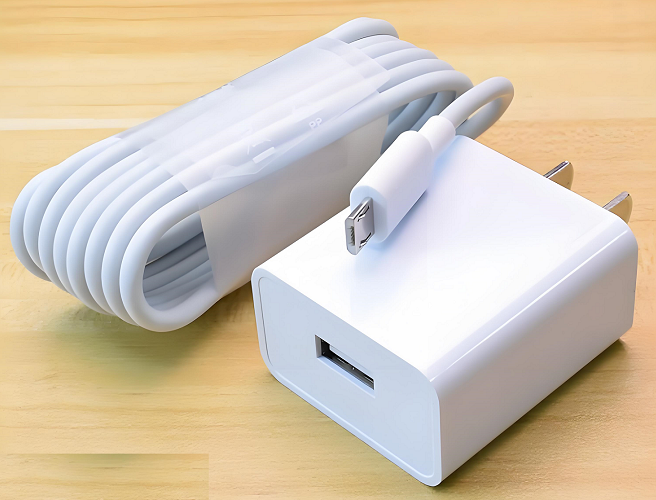
In the development process of the electronics industry, precision injection molds play a crucial role and have become an indispensable key technical support for the electronics industry. From smartphones to computer accessories, from smart home devices to complex electronic instruments, precision injection molds are deeply integrated into various fields of the electronics industry, and their importance is mainly reflected in the following aspects.
1、 The high-precision demand for components in the electronics industry
The trend of miniaturization and integration of electronic devices has led to a continuous reduction in component size, with precision requirements reaching the micrometer level. For example, components such as SIM card holders and camera module brackets for smartphones typically range in size from a few millimeters to over ten millimeters, with tolerance requirements controlled within ± 0.01 millimeters. Some precision connectors even have a pin spacing of only 0.3 millimeters, which requires molds to achieve extremely high machining accuracy. Precision injection molds adopt advanced processing technologies such as electrical discharge machining, slow wire cutting, five axis linkage machining centers, etc. These technologies can ensure that the dimensional accuracy of the mold cavity and core reaches the micrometer level, thereby ensuring that the injection molded parts have precise geometric shapes and dimensions, meeting the requirements of precision assembly inside electronic devices.
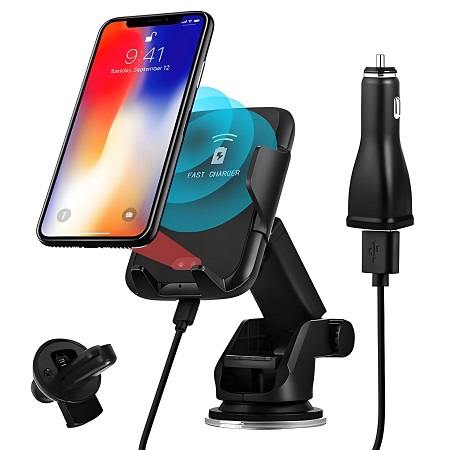
At the same time, the functional complexity of electronic components also requires molds to have high-precision structural design. Taking the keyboard keys of a laptop as an example, each key not only needs to have a specific shape and size, but also requires complex buckle structures, guide ribs, etc. to be designed inside the keys to achieve stable installation and smooth operation. Precision injection molds can accurately replicate these complex structures onto injection molded parts through precise mold design and processing, ensuring the functional reliability of the components. If the precision of the mold is insufficient, it may lead to excessive dimensional deviation of the components, making it impossible to assemble with other components normally, and even affecting the overall performance and service life of electronic devices.
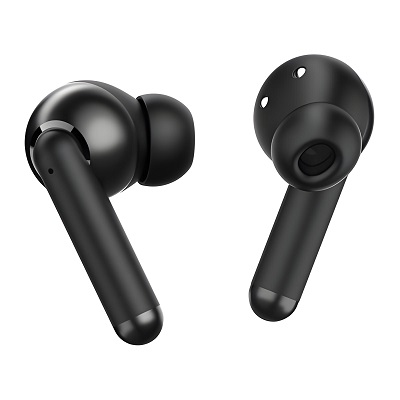
2、 The Implementation of Complex Structure and Fine Design
Components in the electronics industry often have complex geometric structures and refined design features, which are crucial for the performance and functionality of electronic devices. Precision injection molds have strong structural implementation capabilities and can meet the diverse design needs of electronic components.
Firstly, there is the complex internal structure. For example, some electronic connectors require the design of multiple sockets, contact pieces, and shielding structures in a small space, which work together to ensure stable signal transmission and anti-interference capabilities. Precision injection molds can precisely construct these complex internal structures in the mold through clever parting design, slider mechanism, and inclined top mechanism, enabling injection molded connectors to accurately achieve various functions.
Next is the refined appearance design. With the continuous improvement of consumers' requirements for the appearance of electronic devices, many electronic components need to have smooth surfaces, fine textures, and complex curved shapes. For example, the casing of a smartphone typically requires a highly polished surface and smooth curves to enhance the product's aesthetics and feel. Precision injection molds use high polishing technology, nano coating technology, etc., which can achieve a mirror like effect on the surface of the mold, making the surface of the injection molded part smooth like a mirror. At the same time, various fine surface effects such as leather texture and metal wire drawing can be achieved through the texture processing of the mold surface, meeting the diverse needs of electronic device appearance design.
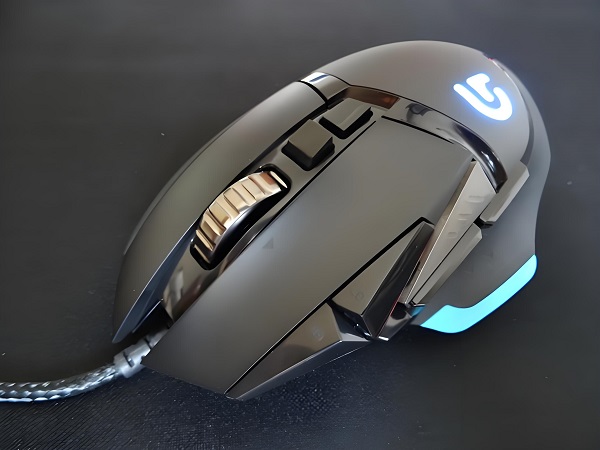
3、 Meeting material diversity and performance requirements
In order to meet different functional requirements, the electronics industry uses various plastic materials with different physical, chemical, and processing properties. Precision injection molds need to be able to adapt to these diverse material requirements.
Firstly, the application of high-performance engineering plastics. With the development of electronic devices towards high performance and reliability, more and more high-performance engineering plastics are being used in the manufacturing of electronic components, such as polycarbonate (PC), polyphenylene sulfide (PPS), liquid crystal polymer (LCP), etc. These materials have characteristics such as high temperature resistance, chemical corrosion resistance, high strength, and high rigidity, but at the same time, they also have high melting temperatures, narrow processing windows, and greater difficulty in forming. Precision injection molds require the use of high-temperature resistant mold materials, such as H13 hot work mold steel, S136 stainless steel, etc. By optimizing the temperature control system of the mold, the temperature of the mold can be precisely controlled to ensure that these high-performance engineering plastics can be injection molded under appropriate temperature conditions, avoiding problems such as degradation and decomposition of materials during the molding process, and ensuring stable performance of components.
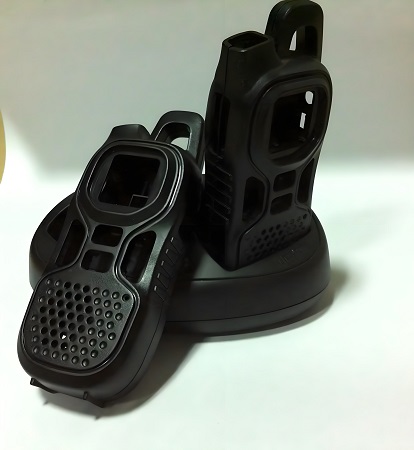
4、 The advantages of large-scale production and cost control
The electronics industry is a large-scale production industry, producing billions of smartphones, tens of millions of computers and other electronic devices every year. This requires the production of electronic components to achieve efficient and stable large-scale production while controlling production costs. Precision injection molds have significant advantages in large-scale production.
Firstly, high production efficiency. The precision injection mold adopts multi cavity design, hot runner technology, etc., which can realize the injection molding of the first mock examination with multiple cavities and greatly improve the production efficiency. For example, the injection mold of some mobile phone shells can be designed as eight cavities for the first mock examination or even sixteen cavities for the first mock examination. Each injection molding can produce multiple mobile phone shells, thus greatly increasing the output. At the same time, hot runner technology can keep the plastic melt in a molten state in the mold channel, avoiding the production of channel condensation in traditional cold runner molds, reducing material waste, shortening injection molding cycles, and improving production efficiency.
 In the development process of the electronics industry, precision injection molds play a crucial role and have become an indispensable key technical support for the electronics industry. From smartphones to computer accessories, from smart home devices to complex electronic instruments, precision injection molds are deeply integrated into various fields of the electronics industry, and their importance is mainly reflected in the following aspects.
In the development process of the electronics industry, precision injection molds play a crucial role and have become an indispensable key technical support for the electronics industry. From smartphones to computer accessories, from smart home devices to complex electronic instruments, precision injection molds are deeply integrated into various fields of the electronics industry, and their importance is mainly reflected in the following aspects. At the same time, the functional complexity of electronic components also requires molds to have high-precision structural design. Taking the keyboard keys of a laptop as an example, each key not only needs to have a specific shape and size, but also requires complex buckle structures, guide ribs, etc. to be designed inside the keys to achieve stable installation and smooth operation. Precision injection molds can accurately replicate these complex structures onto injection molded parts through precise mold design and processing, ensuring the functional reliability of the components. If the precision of the mold is insufficient, it may lead to excessive dimensional deviation of the components, making it impossible to assemble with other components normally, and even affecting the overall performance and service life of electronic devices.
At the same time, the functional complexity of electronic components also requires molds to have high-precision structural design. Taking the keyboard keys of a laptop as an example, each key not only needs to have a specific shape and size, but also requires complex buckle structures, guide ribs, etc. to be designed inside the keys to achieve stable installation and smooth operation. Precision injection molds can accurately replicate these complex structures onto injection molded parts through precise mold design and processing, ensuring the functional reliability of the components. If the precision of the mold is insufficient, it may lead to excessive dimensional deviation of the components, making it impossible to assemble with other components normally, and even affecting the overall performance and service life of electronic devices. 2、 The Implementation of Complex Structure and Fine Design
2、 The Implementation of Complex Structure and Fine Design 3、 Meeting material diversity and performance requirements
3、 Meeting material diversity and performance requirements 4、 The advantages of large-scale production and cost control
4、 The advantages of large-scale production and cost control